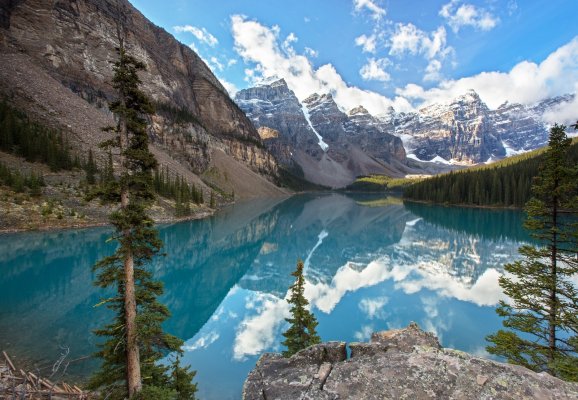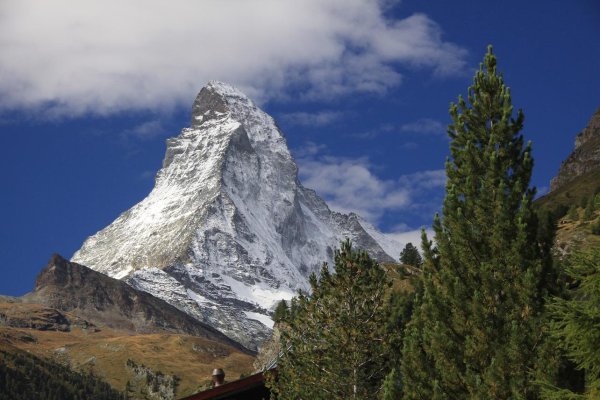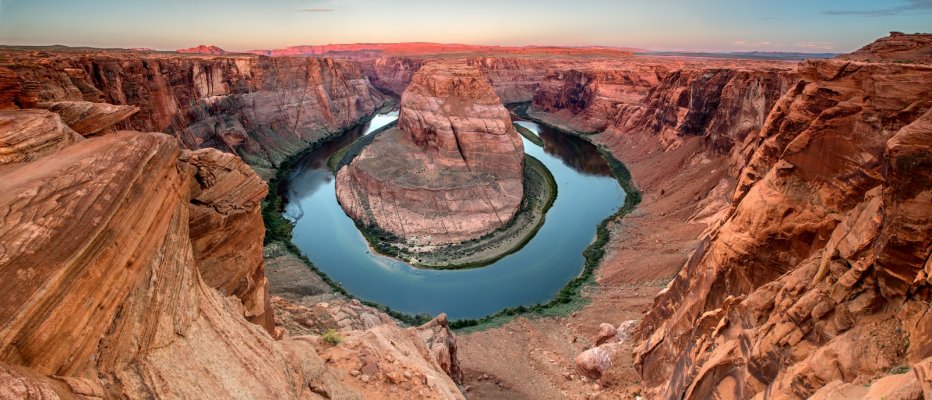photoguy
Thinks s/he gets paid by the post
- Joined
- Jun 15, 2010
- Messages
- 2,301
I may not be the best person to ask about adapted performance as I've only had the sony for a few days. Plus my AF needs are relatively modest and I got by using the center point on a 5d2 for many years.
So far my canon lenses seem fully functional with AF and IS. I'm just starting to pour over my pictures and haven't noticed a greater incidence of rejects due to focusing errors or bad IS. AF speed seems comparable.
One thing I've found is that using manual focus (i.e. my TS lenses) is way easier / more convenient on the sony. Focus peaking makes it easy to use hyperfocal distances and the EVF has magnification (I could never focus using the optical viewfinder on my canon). For me, this would make MF lenses practical even for general handheld shooting.
My adapter has been relatively problem free (only once or twice I had to remount a lens) but others have reported more problems. This should be treated like using a beta product and any lens should be very well tested before a critical shoot.
So far I'm happy enough with the sony that I plan to sell all my canon lenses (except the TS) and use native to cover perhaps 16mm-200mm (not because the adapted performance is bad, but because I don't like fiddling with an adapter).
So far my canon lenses seem fully functional with AF and IS. I'm just starting to pour over my pictures and haven't noticed a greater incidence of rejects due to focusing errors or bad IS. AF speed seems comparable.
One thing I've found is that using manual focus (i.e. my TS lenses) is way easier / more convenient on the sony. Focus peaking makes it easy to use hyperfocal distances and the EVF has magnification (I could never focus using the optical viewfinder on my canon). For me, this would make MF lenses practical even for general handheld shooting.
My adapter has been relatively problem free (only once or twice I had to remount a lens) but others have reported more problems. This should be treated like using a beta product and any lens should be very well tested before a critical shoot.
So far I'm happy enough with the sony that I plan to sell all my canon lenses (except the TS) and use native to cover perhaps 16mm-200mm (not because the adapted performance is bad, but because I don't like fiddling with an adapter).
Last edited:



